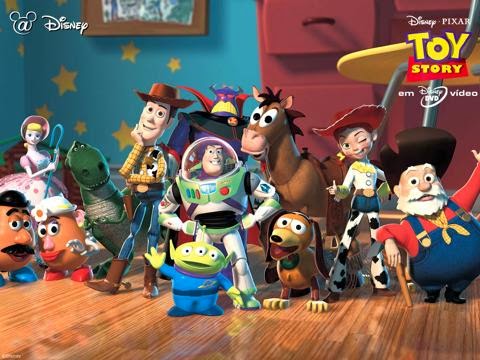Gillam's analysis of the alpha male character in Disney and Pixar films was illuminating. The presence of an alpha male is not a new concept. In many sports, movies, shows, and even in the wild there is almost always one person or animal, who stands out from the rest as the leading alpha. The alpha character has been in countless Disney films over the decades. Disney really pushed the characteristics of the alpha in
Beauty and the Beast. Anyone who has ever seen
Beauty and the Beast, immediately remembers the alpha male, Gaston. With bulging biceps, a chin cleft, an abundance of chest hair, and the title of greatest hunter in all the land, Gaston becomes an image of mockery rather than respect in the film.
In the three films that Gillam discusses
: Cars, Toy Story, and The Incredibles, Gillam addresses that each alpha male character experiences some type of fall from grace, and eventually builds himself back up. However the male characters do not return as stronger alphas, they return as discussed in the article as "betas"(Gillam 3-6) In fact Gillam believes argues that the alpha position is always temporary. He says that "In none of these Pixar films does the male protagonist's dominance last long." (4) Consequently these alphas lose their dominance and create a new persona as betas.
I thought about what Gillam was saying, and it changed the way that I personally experienced Disney films. All throughout my childhood I watched and adored the alpha characters portrayed in these films. I wanted to emulate their alpha model. As I have said, Mufasa, perhaps one of the most iconic alpha males in Disney history, is my favorite character. But as I look back at each and ever one of these movies with the alpha males that I grew up adoring, I realized that Gillam was right; the alpha role is not really sustainable or at least Disney doesn't allow it to be sustainable in its films. I re-watched the
Lion King recently and for the first time in awhile, noticed something new. Simba's reliance and cooperation with his allies as a beta allows him to be successful and reclaim his home. If Mufasa had called the other lionesses for help, and not been a stereotypical alpha who works alone, could he have survived? But then he really would not have fit the alpha stereotype, if he didn't go alone.













